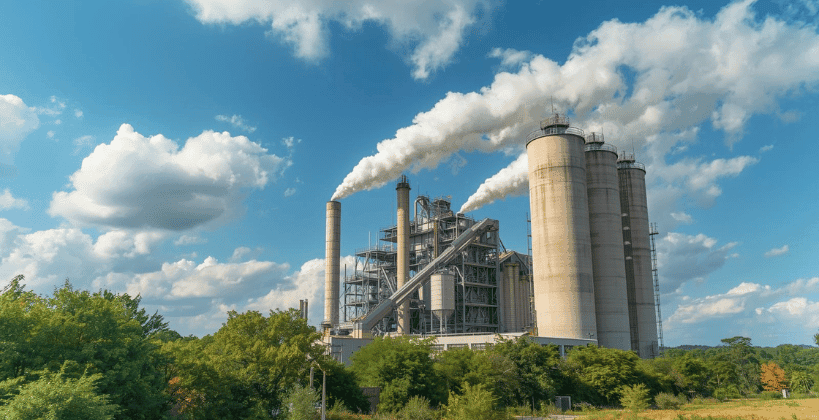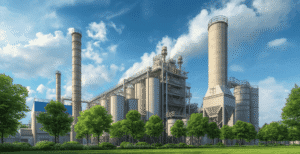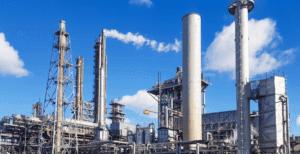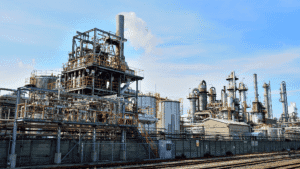Dust emissions have always been one of the toughest challenges in the cement industry. From kilns and coolers to mills and material handling systems, every stage of production carries the risk of releasing fine particulate matter (PM) into the atmosphere. These particles not only impact air quality but also raise concerns around worker health, community safety, and environmental sustainability.
Regulators worldwide are tightening emission standards, placing the cement industry under growing pressure to adopt cleaner and more efficient technologies. In India, the Central Pollution Control Board (CPCB) mandates emissions below 30 mg/Nm³, while Europe’s Industrial Emissions Directive (IED) sets an even stricter benchmark, driving limits down to less than 10 mg/Nm³.
What once seemed like a distant goal has already become today’s reality. With advanced dust control solutions—such as high-efficiency bag filters, reverse air bag houses, and electrostatic precipitators—cement plants are now achieving emission levels consistently below 20 mg/Nm³. This shift is not only raising the bar for environmental compliance but also demonstrating how innovation can go hand-in-hand with sustainable industrial growth.
Why <20 mg/Nm³ Matters
This achievement goes far beyond regulatory compliance. It represents a commitment to cleaner air, healthier communities, and sustainable industrial growth. For cement plants, reducing dust emissions means not only minimizing environmental impact but also strengthening trust with the communities in which they operate. At the same time, cleaner processes translate into greater operational efficiency—extending equipment life, lowering maintenance costs, and reducing unplanned downtime. In a highly resource-intensive industry, these advancements ensure that environmental responsibility and business performance move forward together.
Advanced Filtration Solutions for Every Cement Zone
The real progress comes from engineering solutions designed for the unique challenges of different cement plant zones. Bag Filters and Pulse Jet Bag Houses (PJBH) have become the workhorses of cement dust collection. With their ability to capture fine particulate across kilns and mills, they ensure clean operations with minimal pressure drop. When paired with technologies like Coanda Injector cleaning, plants benefit from low-pressure pulse cleaning that reduces energy consumption and extends bag life. The modular construction of these systems makes retrofits and capacity upgrades seamless.
For plants handling larger gas volumes or operating in low-dust environments, Reverse Air Bag Houses (RABH) are proving highly effective. Their gentle cleaning process prevents filter media damage, while optimized air-to-cloth ratios ensure reliable long-term operation.
Electrostatic Precipitators (ESP) remain another cornerstone in dust control, particularly for cooler and preheater gases. Known for their durability, ESPs can handle high temperatures of up to 500°C while requiring relatively low maintenance. Advanced magnetic and hammer rapping systems keep them performing efficiently, even under heavy loads.
A Step Ahead of Compliance
Cement producers that have embraced advanced dust control technologies are not just staying compliant with current regulations; they are positioning themselves as industry leaders. Operating consistently at emission levels below 20 mg/Nm³ showcases a commitment to environmental responsibility that goes far beyond the minimum requirement. It builds trust with regulators, strengthens relationships with surrounding communities, and enhances a company’s reputation on both national and global stages. More importantly, it demonstrates that environmental stewardship and operational performance are not opposing goals but can reinforce each other when the right technology and processes are in place.
The Bottom Line
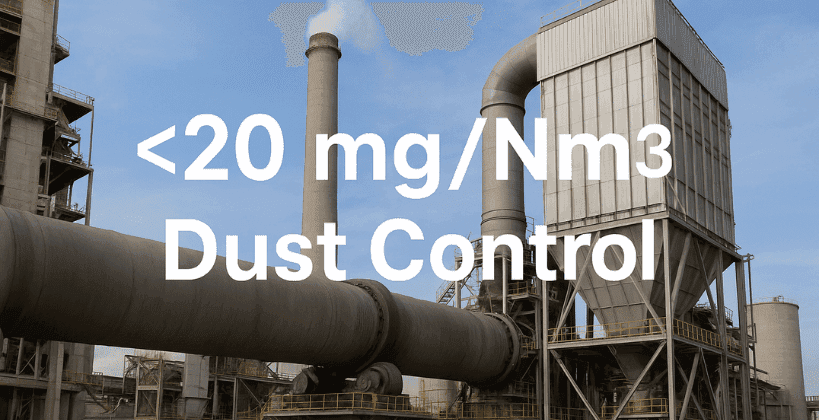
Dust control in cement plants is no longer only about regulatory pressure — it has become a driver of transformation and long-term value creation. With state-of-the-art filtration systems integrated into every process zone — from kilns and coolers to grinding mills and material handling systems — plants are already achieving results that were once considered out of reach. The transition toward <20 mg/Nm³ dust control is not a distant target on the horizon; it is a present-day reality being delivered by forward-thinking producers.
For those leading the way, the benefits extend well beyond compliance. Cleaner air translates into healthier communities and a safer workplace for employees. Reduced dust accumulation means longer equipment lifespan, lower maintenance costs, and higher plant availability. And in a world where sustainability is increasingly tied to market competitiveness, proving leadership in dust control under 20 mg/Nm³ strengthens a plant’s social license to operate and positions it as a preferred partner in global supply chains.
Ultimately, achieving <20 mg/Nm³ dust control is not just an environmental checkbox — it is a cornerstone of building a cleaner, safer, and more resilient cement industry for the future.
